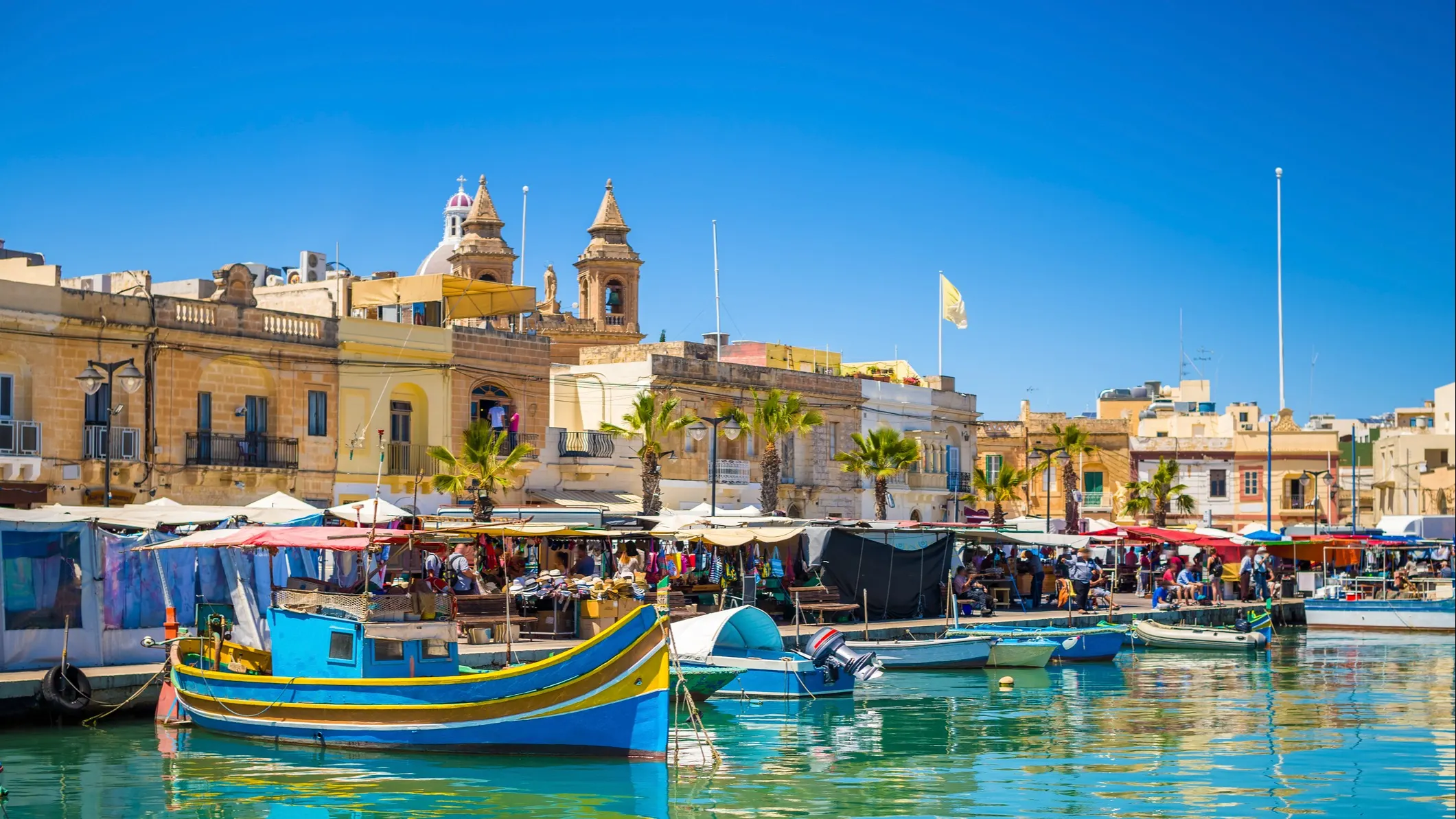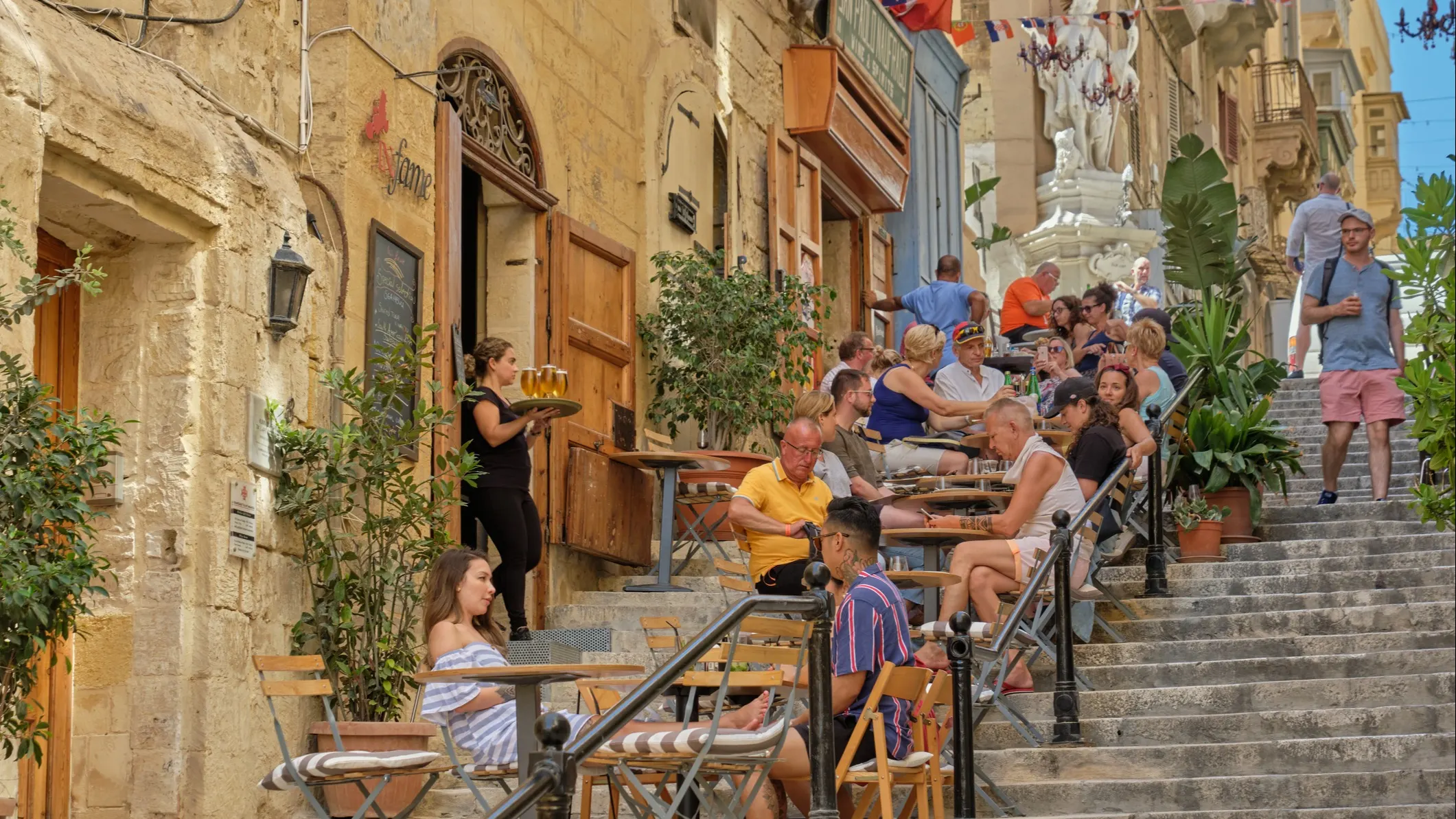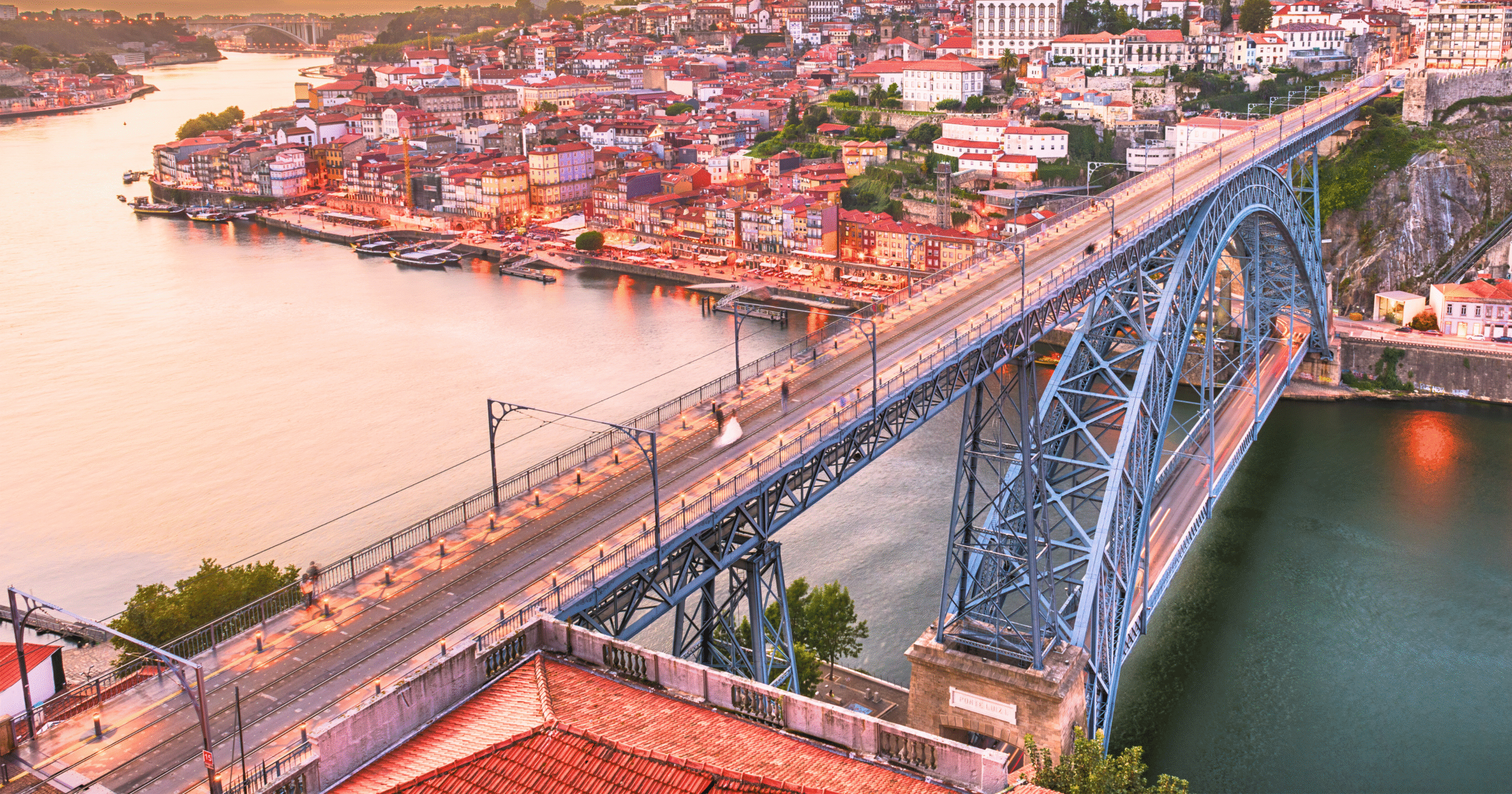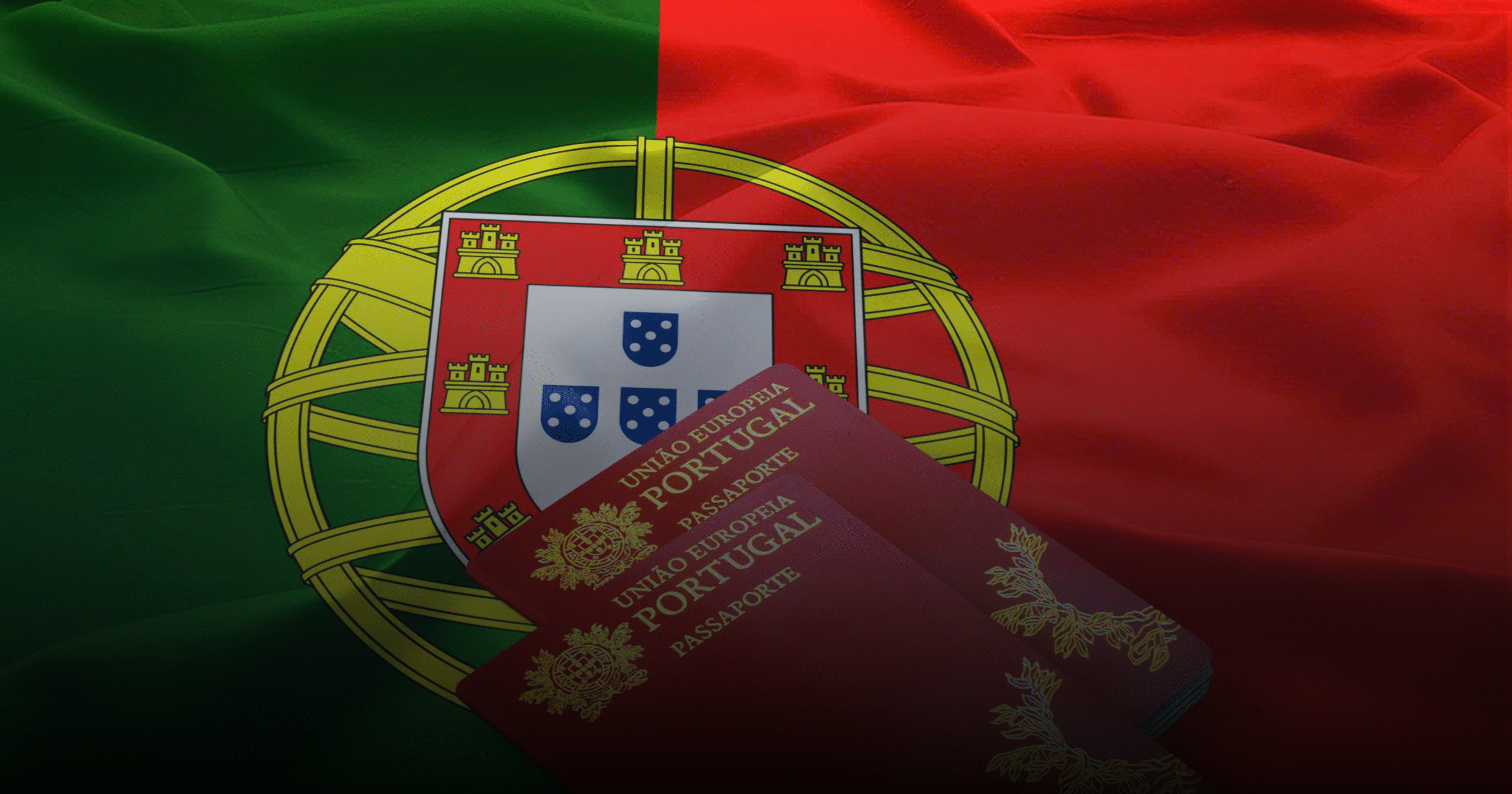The Mediterranean archipelago of Malta is often pictured as a sun-drenched holiday destination. Its stunning coastlines and ancient history attract tourists from all over the globe. Yet, beyond the picturesque landscapes lies a rich and intricate local culture. The daily life of the people in Malta is a fascinating tapestry. It is woven with unique traditions, strong community bonds, and a relaxed yet passionate approach to life. Many visitors only scratch the surface of what it means to live like a local. To truly understand this island nation, one must look beyond the tourist brochures. This article will delve into five lesser-known aspects of the daily lives of the people in Malta. These insights offer a deeper appreciation for the Maltese way of life.
The Enduring Rhythm of the Village ‘Festa’
The village ‘festa’ is a cornerstone of Maltese culture. It is far more than just a summer festival. For the people in Malta, the festa is a year-round commitment. It is a vibrant expression of community pride and religious devotion. Each town and village has a patron saint. The feast day of that saint is celebrated with immense enthusiasm. Preparations for the festa often begin months in advance. Committees of volunteers dedicate countless hours to organizing the festivities.
These celebrations are a sensory explosion. Streets are adorned with intricate banners and colourful lights. The local parish church is lavishly decorated. Processions with life-sized statues of the patron saint wind through the town. Brass bands fill the air with lively music. Spectacular fireworks displays illuminate the night sky. The festa is a time for families to come together. It is a chance for neighbours to reconnect and for the community to unite. The friendly rivalry between neighbouring villages to host the most impressive festa is a testament to the passion of the people in Malta.
A Linguistic Landscape Unlike Any Other
The linguistic abilities of the people in Malta are truly remarkable. Malta has two official languages: Maltese and English. This bilingualism is a direct result of the island’s history. It was a British colony for over 150 years. English is widely spoken and is the language of business and higher education. This makes Malta an accessible destination for many.
However, the heart of the nation beats in Maltese. This Semitic language has a unique history. Its roots lie in Siculo-Arabic, a dialect of Arabic that developed in Sicily. Over the centuries, it has absorbed a significant amount of vocabulary from Italian, Sicilian, and English. This linguistic blend makes Maltese a fascinating language to listen to. For the people in Malta, it is a profound marker of their national identity. Most locals are also fluent in Italian. This is due to the close proximity to Italy and the popularity of Italian television channels. This trilingualism is a common and impressive aspect of daily life.
The Subtle Art of ‘Pika’: Friendly Rivalry in Daily Life
A fascinating, and often unspoken, aspect of the Maltese character is ‘pika’. This term can be loosely translated as a friendly and competitive rivalry. It permeates many aspects of the daily life of the people in Malta. This is most evident in the village festas. Different parishes and band clubs within the same town often compete. They strive to have the most elaborate decorations or the most spectacular fireworks.
This spirit of ‘pika’ extends beyond religious festivals. It can be seen in the passionate support for local and international football teams. The rivalry between supporters of Italian and English football clubs is legendary. During major tournaments, the island is awash with the flags of these two nations. This competitive spirit is rarely malicious. It is a way for communities and individuals to express their identity and pride. Understanding ‘pika’ is key to understanding the passionate nature of the people in Malta.
A Harmonious Blend of Ancient Traditions and Modern Living
The people in Malta live their lives against a backdrop of immense history. Megalithic temples older than the pyramids of Giza stand as silent witnesses to ancient civilizations. The fortified cities of Valletta and Mdina are testaments to the Knights of St. John. This rich past is not confined to museums. It is an integral part of modern daily life.
You might see a traditional ‘luzzu’ fishing boat with the Eye of Osiris painted on its bow. This ancient Phoenician symbol is believed to protect fishermen from harm. In the mornings, it is still common to hear the call of the local bread seller, or ‘tal-ħobż’. They drive through the streets in their vans, delivering fresh, crusty Maltese bread. Alongside these age-old traditions, Malta is a modern, thriving European nation. A bustling tech industry and a vibrant nightlife coexist with these timeless customs. This seamless integration of old and new is a defining characteristic of the people in Malta.
The Unbreakable Bonds of Family and Community
Family is the bedrock of Maltese society. The bonds between family members are incredibly strong. It is common for multiple generations to live in close proximity to one another. Sunday lunch is a cherished tradition for many families. It is a time for extended family to gather, share a meal, and catch up. The older generation is deeply respected. Their wisdom and experience are valued.
This sense of community extends beyond the family unit. The people in Malta are known for their hospitality and generosity. Neighbours often know each other well and are quick to offer help and support. The local ‘każin’ (band club or social club) is a central hub in many towns. It is a place where people of all ages gather to socialize, play games, and discuss local affairs. In a world that is becoming increasingly individualistic, the strong sense of community among the people in Malta is a refreshing and enduring trait. This deep-rooted connection to family and community is perhaps the most vital element of their daily existence.
Follow us on social media and website for more insights!














